The Taiwan Agricultural Record Has Been Achieved in the Face of a Lack of Arable Land.
Agricultural growth is set at 3 per cent annually under a six-year development program worked out by the Sino-American Joint Commission on Rural Reconstruction. Crops are slated to increase by 2.1 per cent, livestock by 6.5 per cent, fishery by 4.3 per cent and forestry by 3.3 per cent. Self-sufficiency in all foods will be increased from 88 to 90 per cent. Agricultural aid of the government has totaled NT$2,500 million in the last two and a half years. Another NT$1,480 million has been loaned to farmers for modernization projects. With agriculture booming, public and private institutions have been encouraged to provide another NT$2,100 million worth of investment in the rural economy. The Taiwan agricultural record has been achieved in the face of a lack of arable land. Mountainous terrain cuts the area of land usable for farming to about 25 per cent of Taiwan's 14,000 square miles.
Agriculture grew by 2.2 per cent in 1975. The rice crop was up by 2.7 percent. Maize, vegetables, livestock and fishery also climbed. The only important deficiency is in food grains other than rice, soybeans and feed for animals. Until the 1960s, King Sugar had always been the leading export. It continues to be important. Other leading agricultural exports are canned mushrooms, asparagus and pineapple, bananas, other fruits, fresh and processed vegetables, and fresh and tinned marine products. Farmers are well organized in various associations and elect their own officers. Agricultural colleges and junior colleges have turned out a new generation of scientific farmers. Government and 4H Clubs also contribute to farm modernization. The government help includes loans to purchase machinery.
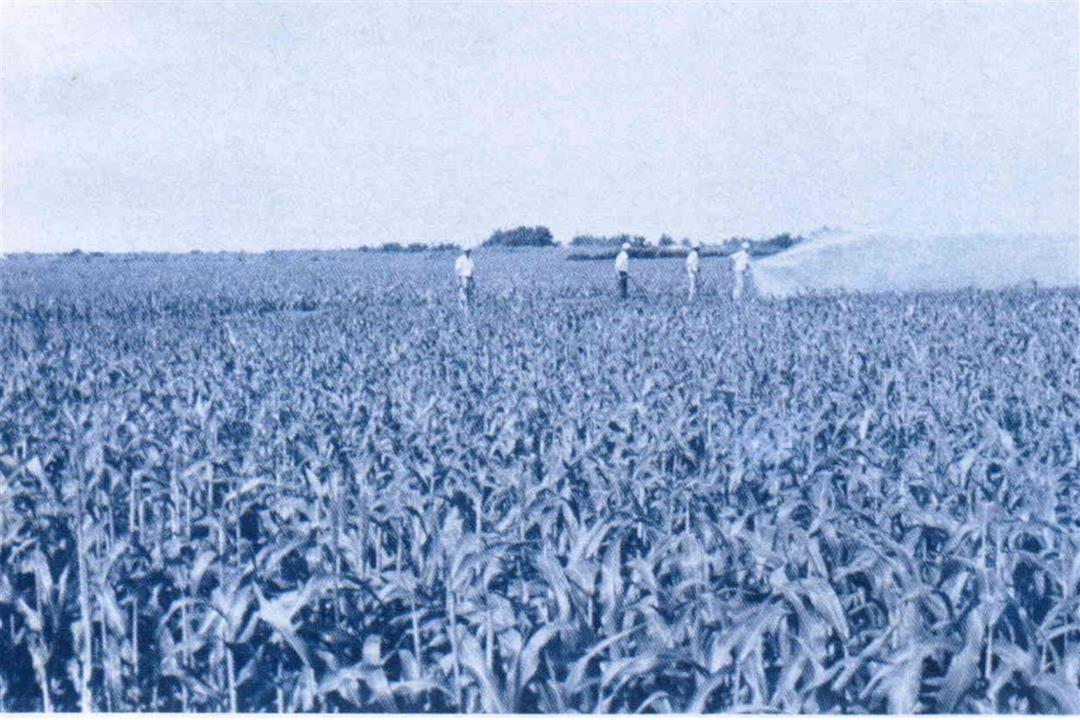
Scientific farming has reduced the waste of water.

Sreen is the dominant color of Taiwan.
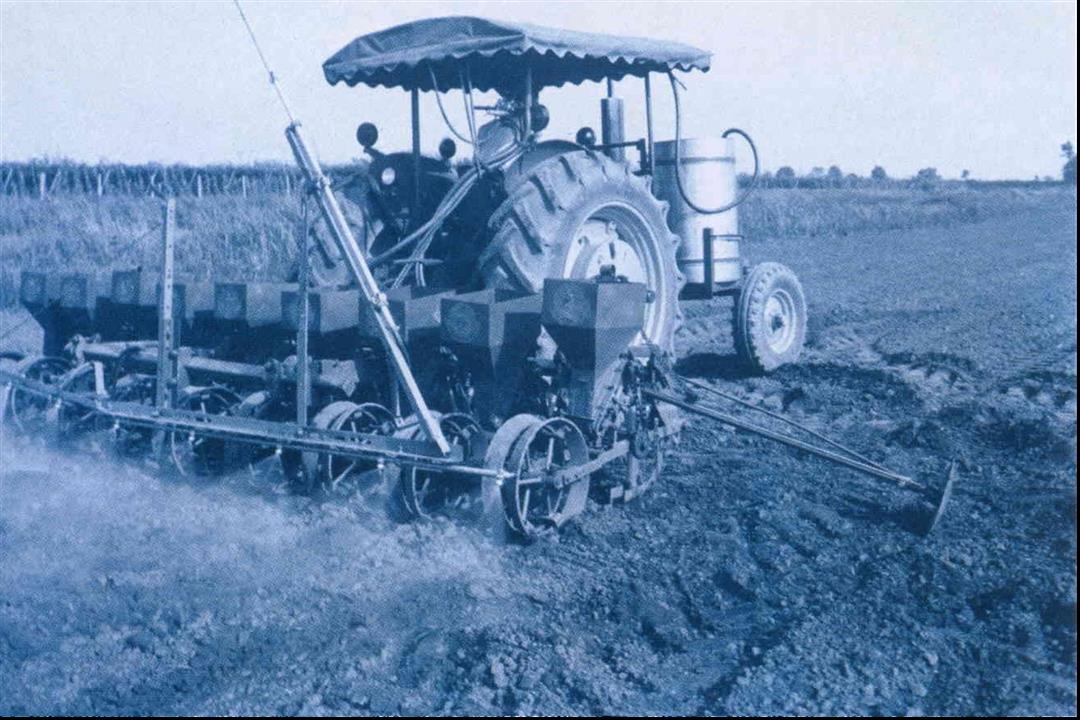
Farms are small, averaging only about one hectare.
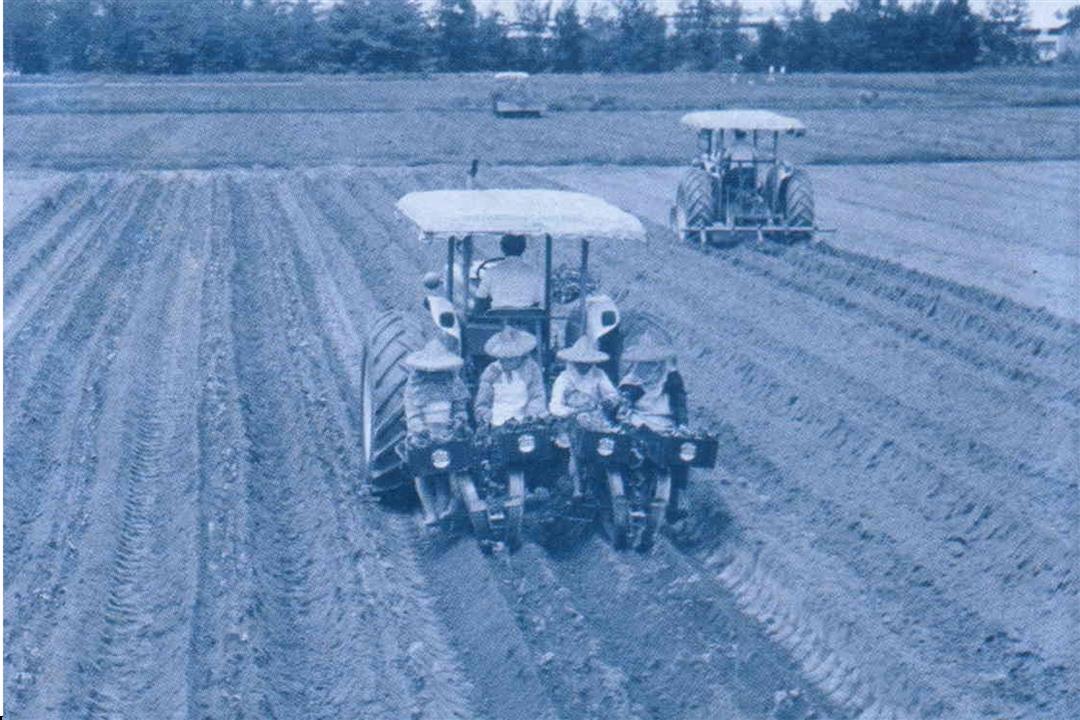
Tractors haul people to work.

Machines are as useful for havesting as for cultivation.
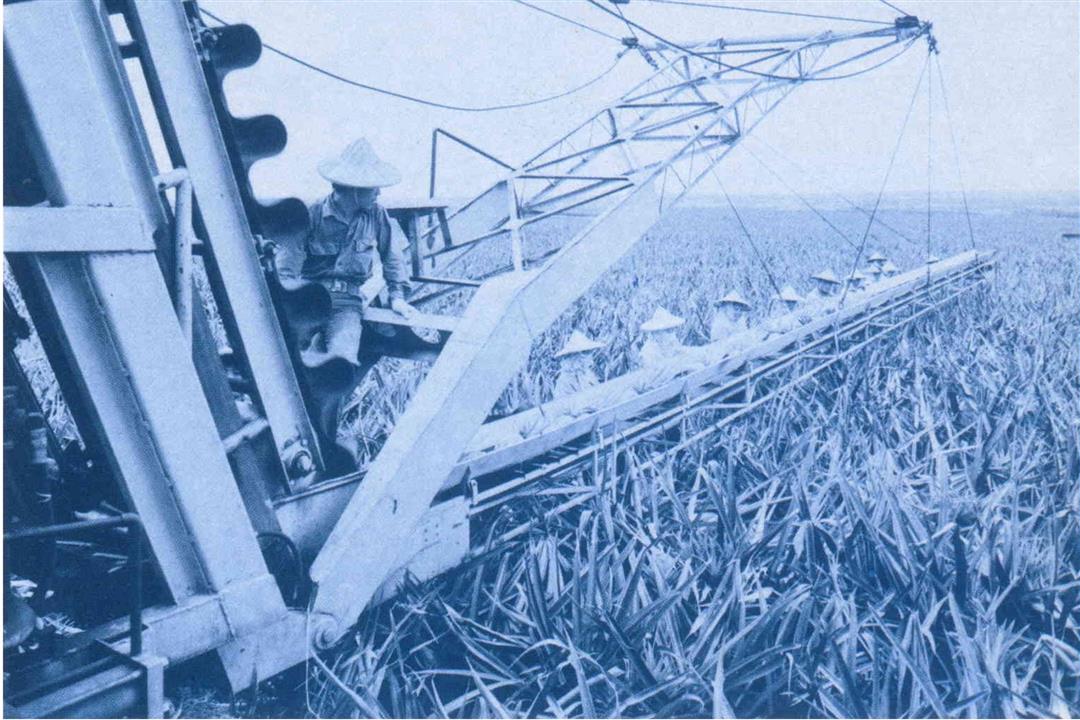
Stock for Taiwan pineapple came from Hawaii.
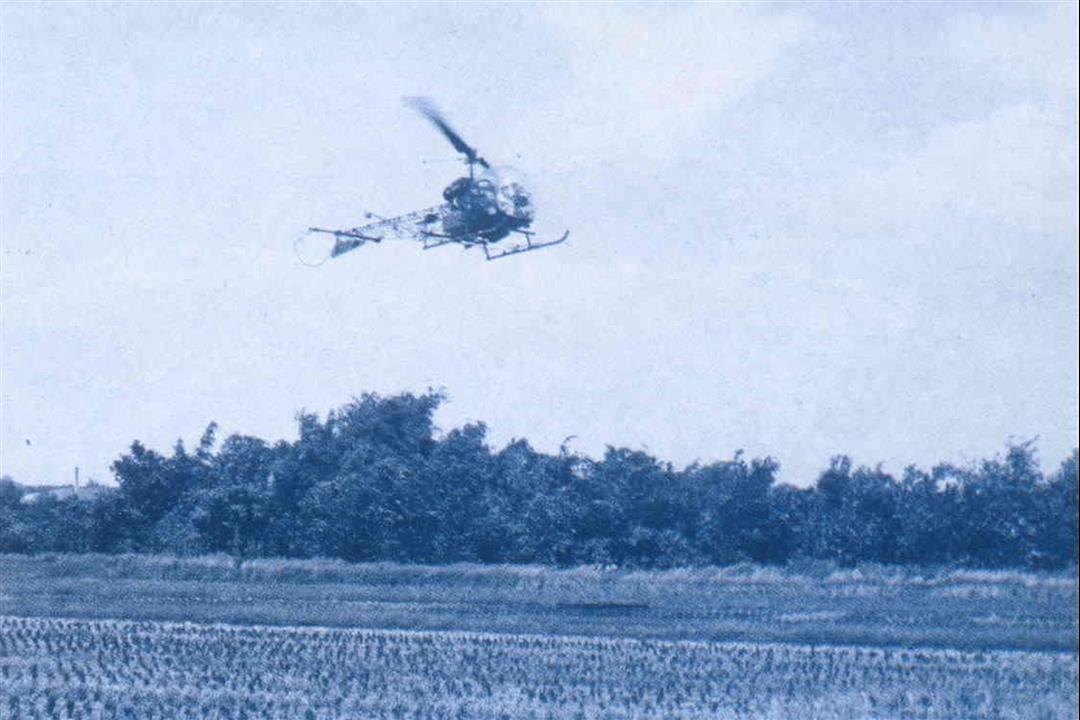
Control of pests is a major factor in increasing the crop production of Taiwan farms.

Experimentation and scientific methods have produced healthier plants and bigger output.

Silkworm culture is being revived as a farm sideline.

Dairy industry is still small but growing fast to meet the demand for milk products.

The farms in southern part of Taiwan. The farmers use scientific methods to improve their products.